The story of his life up there appears to be coming together, and his bones were discovered and finally reburied in May 2010 after years of searching. However, still little is known about his connection with Gdańsk, and it is indeed a murky story of love, intrigue, gossip and politics.

Married she might have been, but she fell for the charms of the much older Copernicus and agreed to become his housekeeper in Frombork. A torrid affair ensued, one which the town gossips soon informed Copernicus’ church employers of. In the best cavaliering traditions, Copernicus lied through his teeth, pretending he had put a lid on this unholy affair while all the time carrying on behind the church's back.
Eventually, however, Anne returned to Gdańsk, setting up home in what is reputed to be Gdansk’s oldest house: Kamienica Gotyk on ul. Mariacka 1.
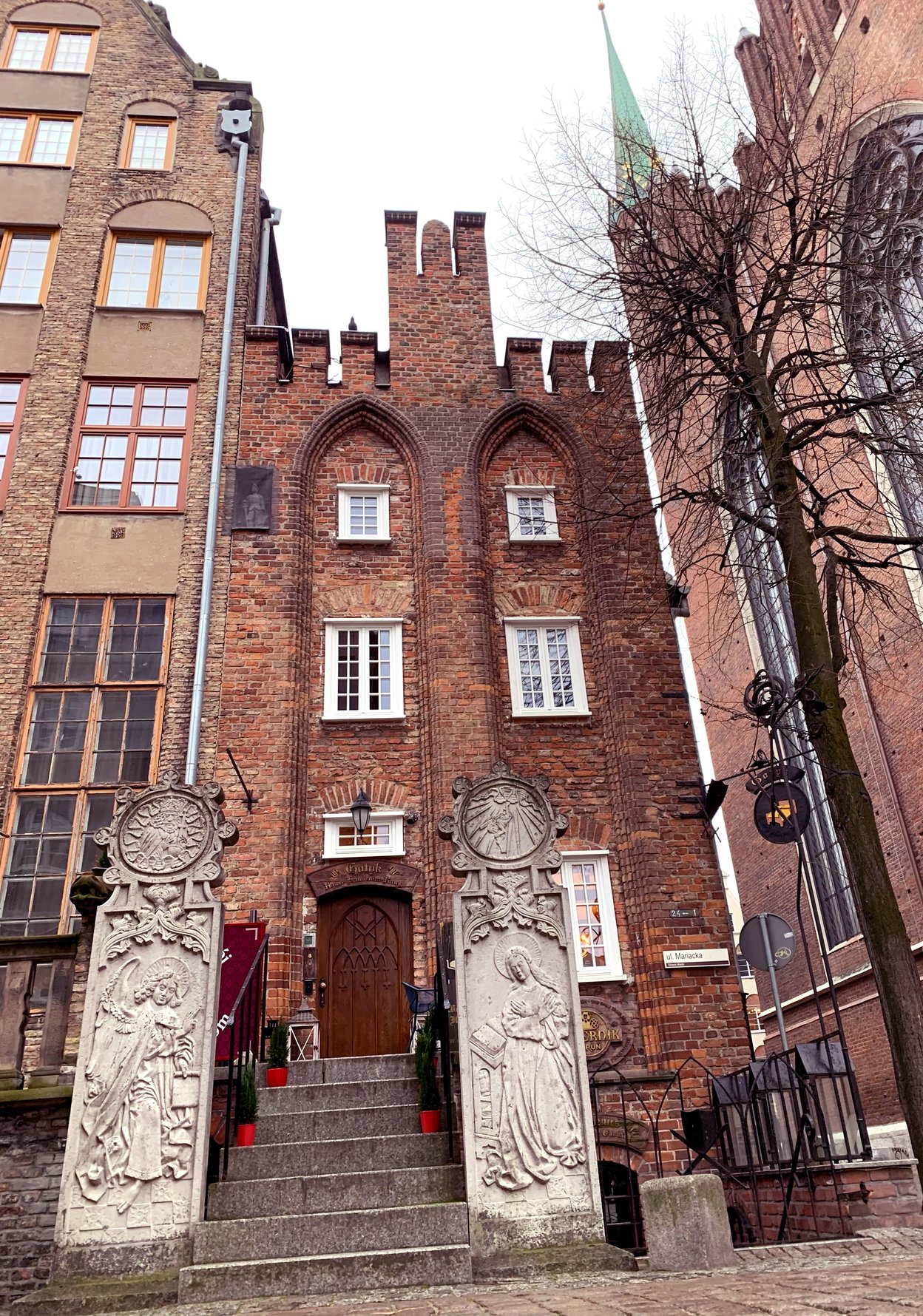
Aside from selling attractive ceramics, you’ll find a whole series of Copernicus related info on the walls. For instance, a copy of Copernicus’ defining work, De Revolutionibus (one page of which is turned each day at 11:30), which appears to have been printed in Gdańsk a full 3 years before the acknowledged publish date of 1543 in Nurenburg, a German prayer book entitled The Apocalypse of St John, and a 15th-century prayer book that appears to be written in old Dutch. However, Copernicus was much more than just a man of the stars, and this is revealed in the featured displays: poet, painter, doctor, economist and even military leader. Demystify the exhibits by picking up one of the English or German cards.


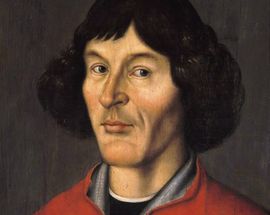
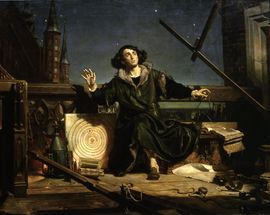
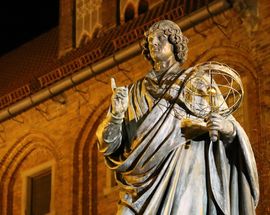
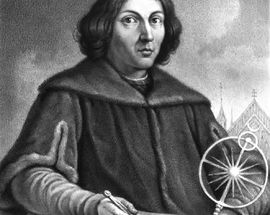
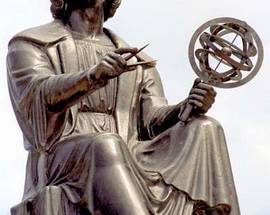
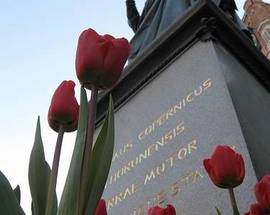
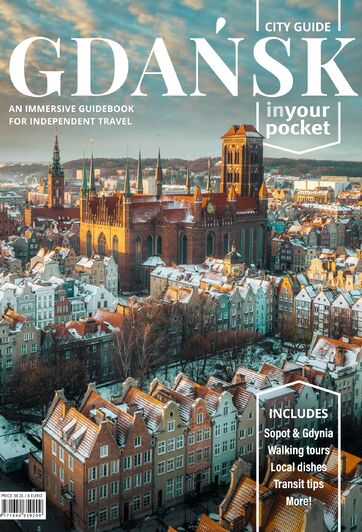
Comments